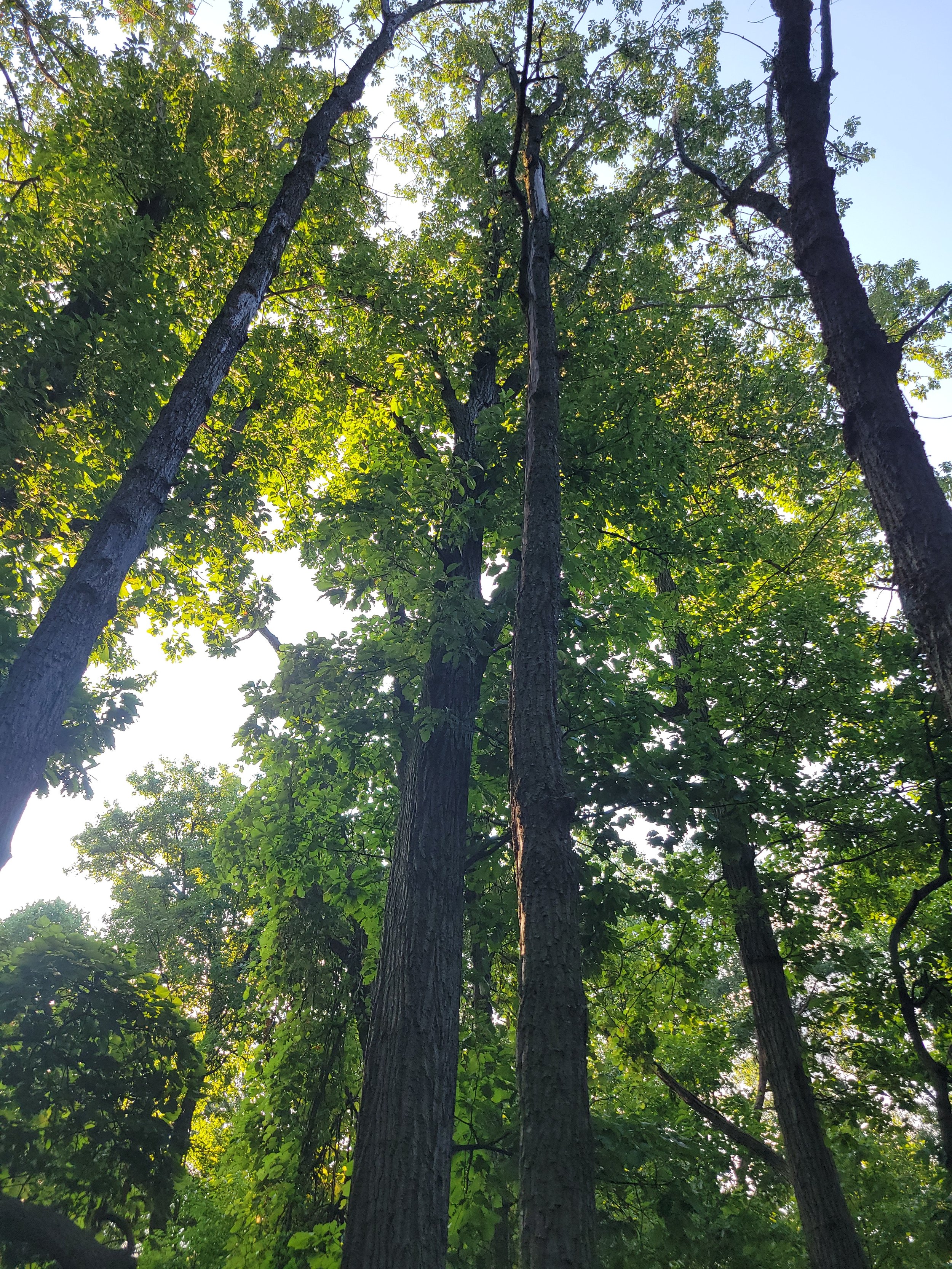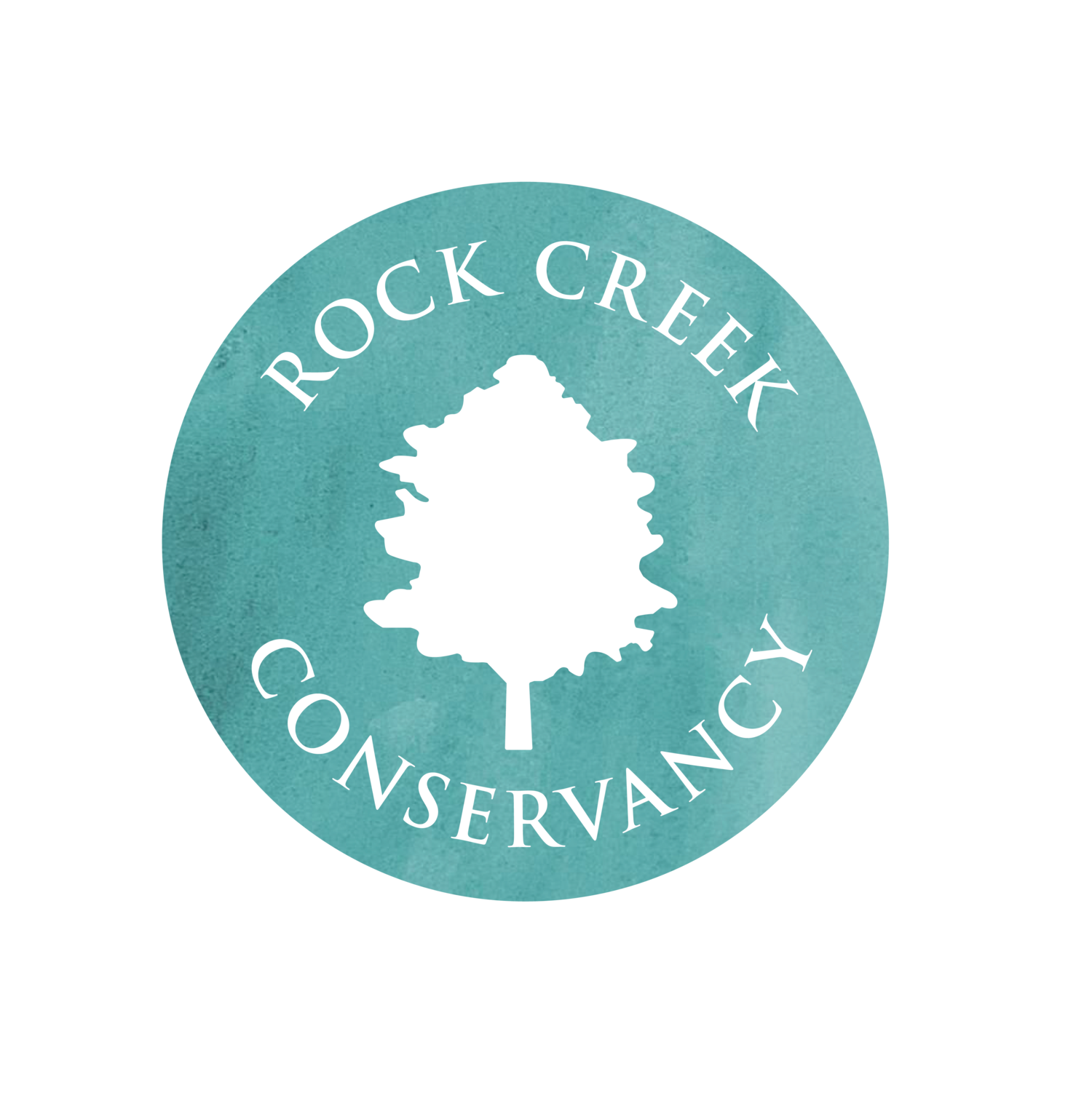
Fort Totten Park
Fort Totten, one of the Civil War Defenses of Washington, is a 38-acre site in the Anacostia watershed.
The chestnut oak forest sits on well-drained soils and is characterized by Coastal Plain species such as sweetgum (Liquidambar styraciflua) and black huckleberry (Gaylussacia baccata). There is currently no official trail within Fort Totten to afford park visitors responsible access to the forest.
Due to oak decline, a large number of chestnut oak (Quercus montana) trees at this site are dead or dying. Consequently, the forest canopy is dying, and these trees are a hazard to park visitors. The removal of many of those trees near a robust social trail will make this trail safe enough to formalize, offering recreational opportunities for neighbors. The light gaps created by the removal of those trees create an opportunity to jumpstart the regeneration of the forest with tree planting. Whenever possible, the dead and dying trees will be left as snags, which is important wildlife habitat.
Restoration will start at the southern end of the site on about 20 acres. The site is just southwest of a metro station, bound by Fort Totten Drive NE, and adjacent to a cement plant and waste transfer station.
Fun Fact: There are at least three Fort Tottens, all named for Brigadier General Joseph Totten (1788-1864), who served the longest term in history as Chief of Engineer for the US Army
Size: 38 acres of forest
Status: In progress since fall 2024
Primary issue: The failing chestnut oak canopy is creating light gaps that are beginning to be infested with invasive plants.
Forests Reduce Urban Heat Islands
Ward 5 is one of the hottest parts of Washington DC, and Rock Creek Park is one of the coolest.
On a typical summer afternoon, it can be 15 degrees cooler down by the creek than along Georgia Avenue. All of the buildings and other paved surfaces hold heat from the sun, and the urban heat island effect is exacerbated by all of our systems, like air conditioning, that emit heat. Street trees can help cool neighborhoods, as do healthy forests.
While Fort Totten does not have the elevation change of the main part of Rock Creek Park, the forests are expected to cool as they are restored, and the neighborhood will follow.
This heat map of Washington DC shows the relative cool of the main section of Rock Creek Park. Fort Totten Park is just a bit northeast of the Armed Services Retirement Home.
Image source: NOAA




